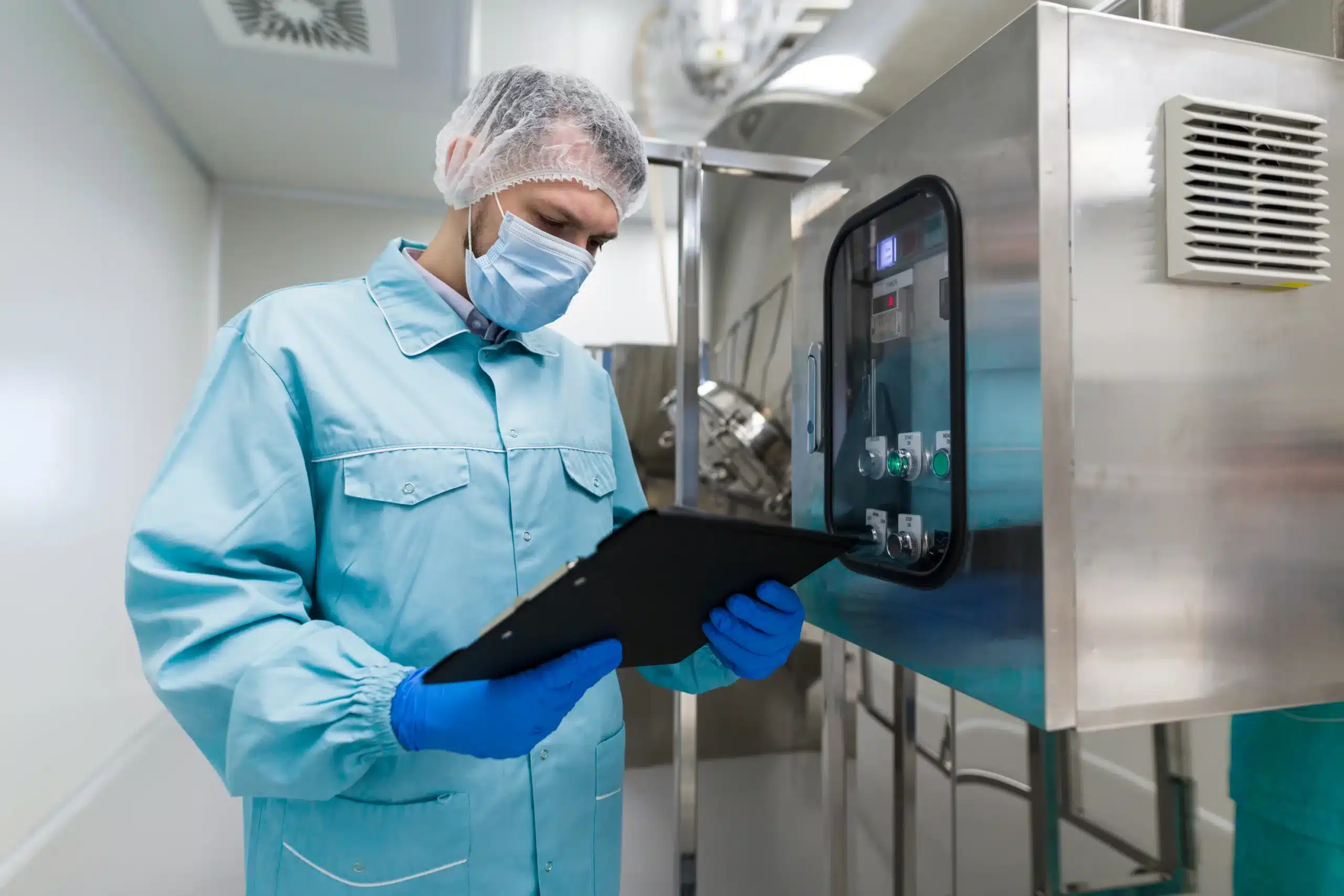In the healthcare industry, patient safety is of utmost importance, and one of the key components of ensuring this safety is the proper sterilization of medical equipment. This process, often handled by CSSD (Central Sterile Supply Department) Technicians, is critical in preventing infections, particularly during surgeries and medical procedures. If you’re considering a career in healthcare or simply want to understand more about how medical equipment is sterilized to ensure patient safety, you’ve come to the right place. This beginner’s guide will walk you through the sterilization process, highlighting its significance and how it works in the context of CSSD.
What is Sterilization?
Sterilization is the process of eliminating all forms of microbial life, including bacteria, viruses, and fungi, from medical instruments and devices. It is a critical step to ensure that any equipment used in healthcare is safe for use in patient care. While cleaning and disinfecting may remove dirt or reduce the number of pathogens, sterilization guarantees that no harmful microorganisms remain, effectively making the equipment free of all bacteria and viruses.
Why is Sterilization Important?
Sterilization serves as one of the primary ways to prevent hospital-acquired infections (HAIs), which are infections that patients acquire during their stay in a hospital or medical facility. Many HAIs are transmitted through improperly cleaned or sterilized instruments. CSSD Technicians are specifically trained to handle these processes, ensuring all medical tools used in patient care are sterilized to the highest standards.
Additionally, without proper sterilization, even the smallest amount of contamination can lead to complications such as infections, wound healing problems, and extended recovery times. In severe cases, the lack of sterilization can lead to life-threatening conditions. Thus, the role of a CSSD Technician in maintaining sterilization protocols is absolutely crucial to a healthcare facility’s operation.
The Sterilization Process: Key Steps
Sterilization involves several stages, each crucial for ensuring that instruments are properly decontaminated. Let’s break down the typical steps involved in the sterilization process:
1. Cleaning and Decontamination
Before sterilization can even begin, cleaning is the first critical step. This involves removing dirt, blood, tissue, and other organic materials from medical equipment. Cleaning can be done manually or with the use of automated washing machines, which remove contaminants using water and detergents.
Once cleaned, instruments are considered decontaminated and ready for the next step in the sterilization process.
2. Inspection and Assembly
After cleaning, instruments must be inspected for damage and wear. Any tools that show signs of deterioration are either repaired or discarded. The next step involves assembling the instruments into sets, ensuring they are ready for sterilization. For example, surgical sets must be organized so that everything needed for a particular surgery is sterilized together.
3. Packaging
Proper packaging of instruments before sterilization is crucial. Instruments are wrapped in sterilization pouches or placed in sterile containers to maintain their sterility during the process. Packaging helps ensure that the instruments remain sterile after they’ve been processed and before they’re used.
4. Sterilization
At this stage, the packaged instruments undergo the actual sterilization process. There are various methods of sterilization, with the most common being:
- Steam Sterilization (Autoclaving): The most widely used method, involving high-pressure steam to kill microorganisms. Autoclaves reach temperatures of up to 121°C (250°F) and can sterilize instruments in about 15-30 minutes.
- Chemical Sterilization: Used for instruments that may be sensitive to heat, this method involves the use of chemical solutions to sterilize equipment.
- Gas Sterilization (Ethylene Oxide): This method uses ethylene oxide gas to sterilize heat-sensitive medical equipment, such as plastic devices or electronics.
- Radiation Sterilization: A more advanced technique that uses ionizing radiation, ideal for large-scale sterilization of disposable medical devices.
Each of these methods plays a role depending on the type of material being sterilized and the equipment’s sensitivity.
5. Sterility Assurance
After sterilization, it is critical to ensure the process was effective. Sterility assurance involves the use of chemical indicators (e.g., sterilization indicators) and biological indicators (spores of bacteria) that confirm the sterilization process has killed all pathogens. If the indicators are negative, the sterilization process is considered successful.
6. Storage and Distribution
Finally, sterilized equipment is carefully stored in sterile conditions to prevent contamination. CSSD Technicians are responsible for ensuring that the sterilized equipment remains sterile until it is needed in surgery or other medical procedures.
What Does a CSSD Technician Do in the Sterilization Process?
The role of a CSSD Technician goes far beyond simply operating sterilization machines. These trained professionals are responsible for:
- Cleaning, decontaminating, and sterilizing medical equipment.
- Monitoring sterilization processes to ensure they meet safety and compliance standards.
- Maintaining sterilization equipment like autoclaves and gas sterilizers.
- Inspecting instruments for damage, and reassembling surgical sets.
- Managing inventory of sterile supplies and ensuring their availability when needed.
CSSD Technicians are often the unseen heroes of healthcare, ensuring that medical staff can operate with the utmost confidence, knowing that every instrument used is safe for patient care.
How Can You Become a Certified CSSD Technician?
To pursue a rewarding career as a CSSD Technician, formal training is required. A CSSD Technician training program will equip you with the necessary skills to handle sterilization equipment, learn the proper procedures, and gain certification through industry-recognized exams.
At Knowledge Point Institute in Dubai, we offer comprehensive CSSD Technician Training that covers all aspects of sterilization and infection control. Whether you’re looking to start a new career or advance your current skills, our expert-led courses prepare you for the challenges and responsibilities of the healthcare industry.
Enroll Now and Start Your Career in CSSD!
Ready to start your journey as a certified CSSD Technician? Enroll now in our comprehensive CSSD Technician Training Course and gain the skills and knowledge you need to excel in one of the most critical roles in healthcare.






